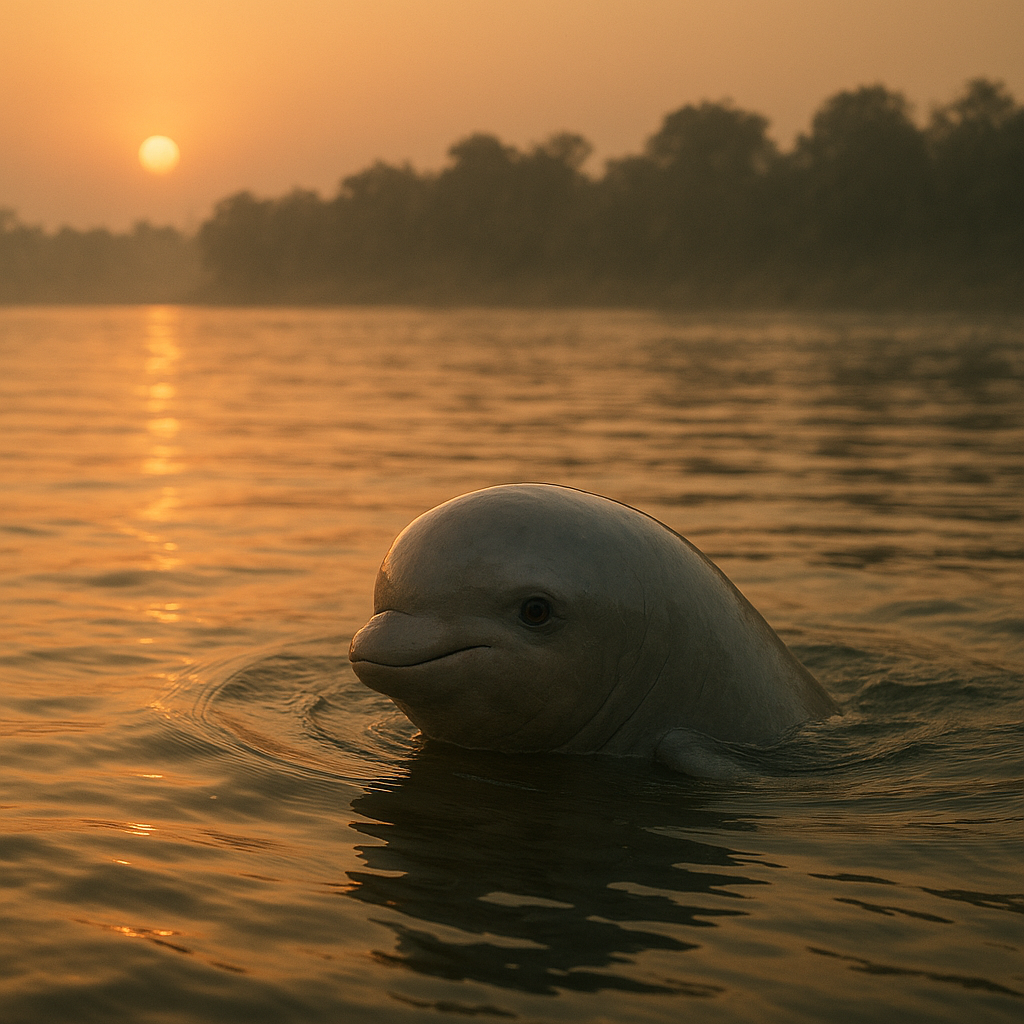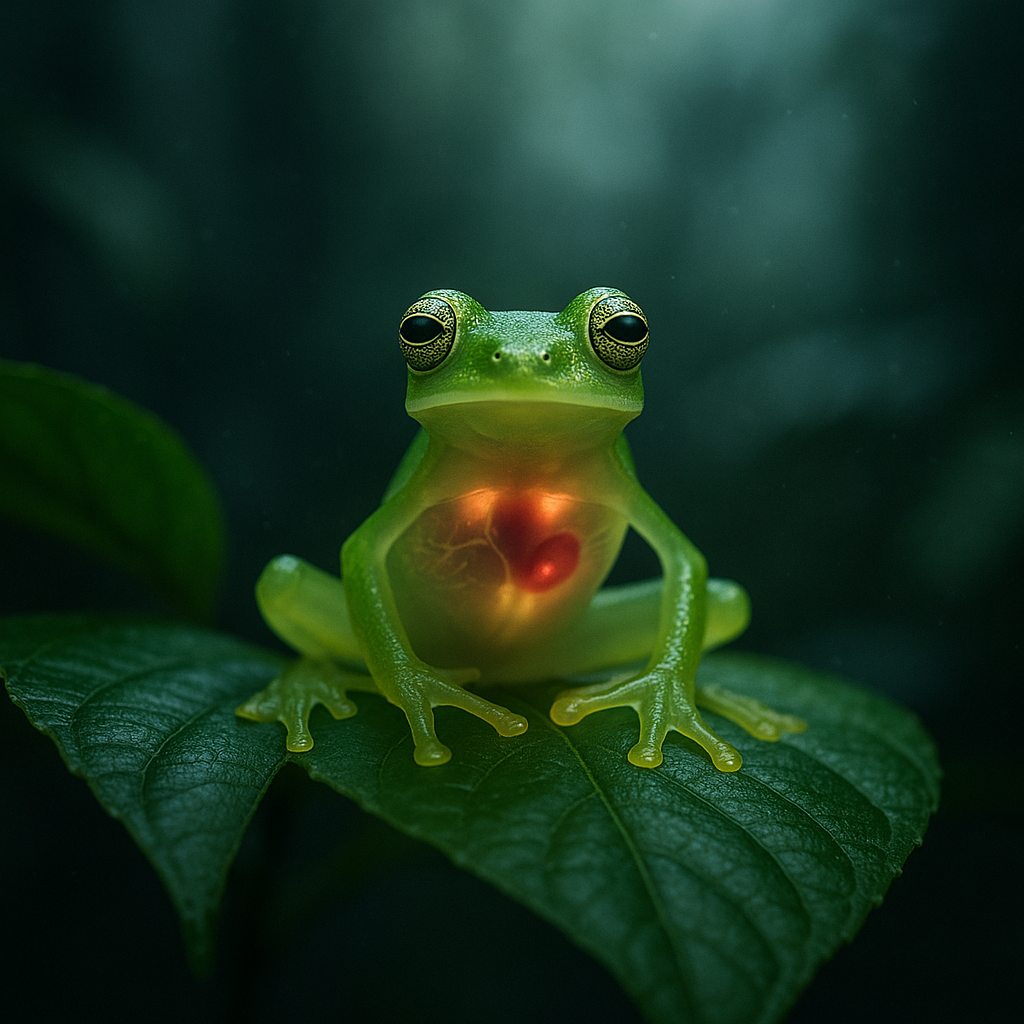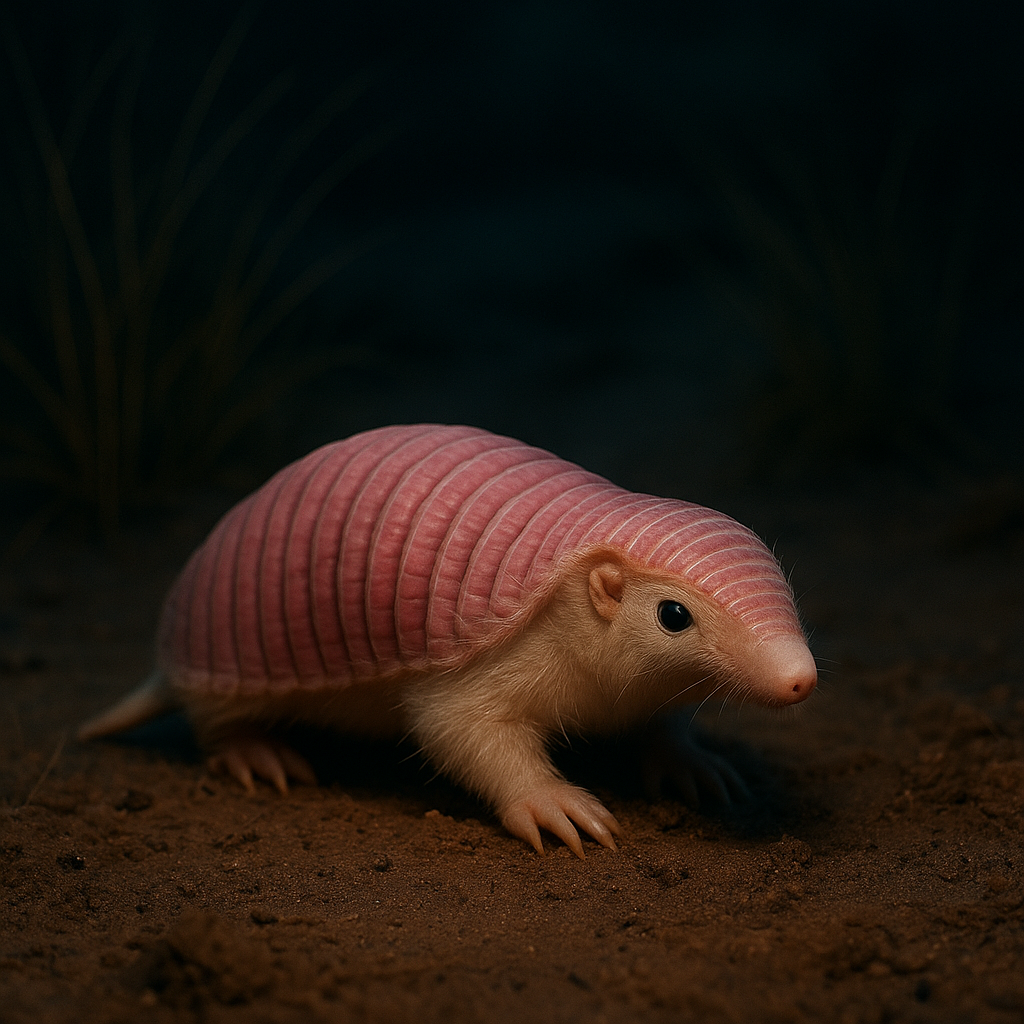The rarest encounters in the natural world do not roar or announce themselves. They appear like whispers—fleeting, fragile, almost dreamlike. These moments leave us wondering whether we saw something real or a mirage. In this special, we follow three such phantoms of nature, each carrying its own story of wonder and vulnerability.

The Irrawaddy Dolphin: The River Spirit
On the wide, slow rivers of Southeast Asia, a rounded head breaks the water’s surface. The Irrawaddy dolphin, with its gentle smile and soulful eyes, is unlike its oceanic cousins—preferring freshwater sanctuaries where humans, too, have built their lives. It is a creature of intimacy, swimming close to boats, once even helping fishermen in cooperative hunts. But dams, pollution, and net entanglement have made sightings painfully rare. When one surfaces, it feels like the river itself is speaking.
The Glass Frog: A Transparent Miracle
High in the misty canopies of Central and South America, a frog no larger than a leaf rests unnoticed—until the light reveals its secret. The glass frog’s translucent skin exposes its beating heart, liver, and bones, as if nature itself wanted to show us life unmasked. Rare to encounter, even rarer to observe closely, the glass frog carries an aura of fragility—an almost spiritual embodiment of vulnerability, thriving only in pristine forests now shrinking by the year.

The Pink Fairy Armadillo: Guardian of Dust and Silence
In the arid plains of Argentina, the earth sometimes stirs. Beneath the surface, the smallest of all armadillos—barely larger than a hand—burrows unseen. With its rosy shell and delicate claws, the pink fairy armadillo looks like a creature out of legend, a secret guardian of soil and silence. Elusive and nocturnal, it is almost never seen alive in the wild. To encounter one is to glimpse a fragment of the world’s hidden library, written in dust and starlight.

Closing Reflection
The Irrawaddy dolphin, the glass frog, the pink fairy armadillo—three beings separated by continents but united by rarity. They remind us that beauty is often hidden, fragile, and fleeting. Rare encounters are more than luck; they are invitations to listen, to preserve, and to recognize the miracle of existence itself.


Reply